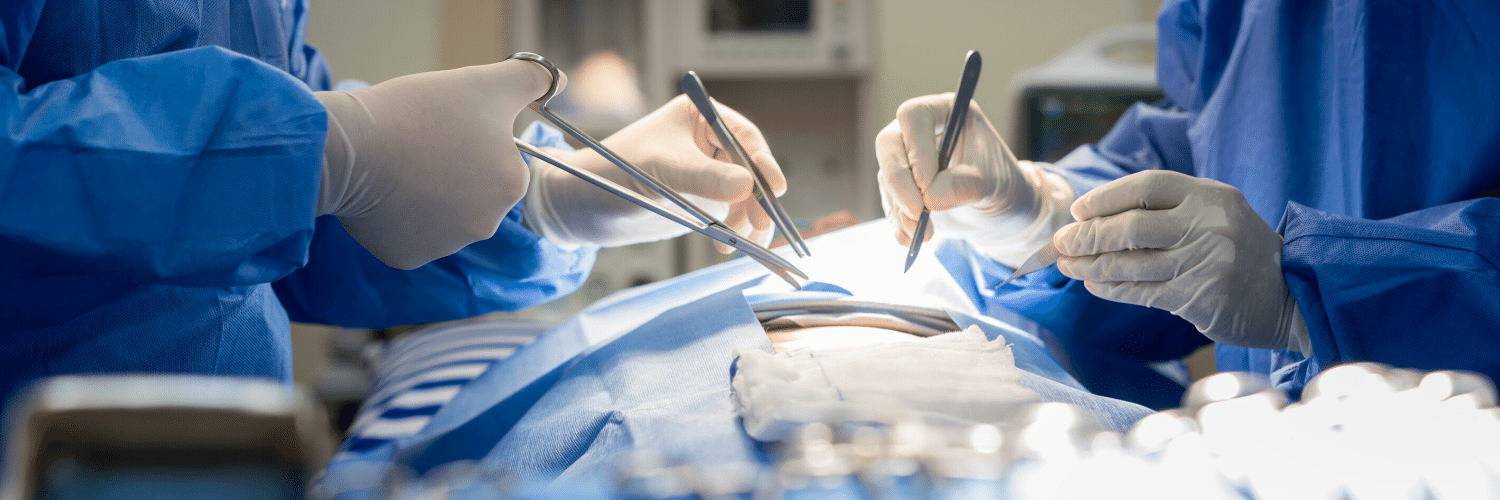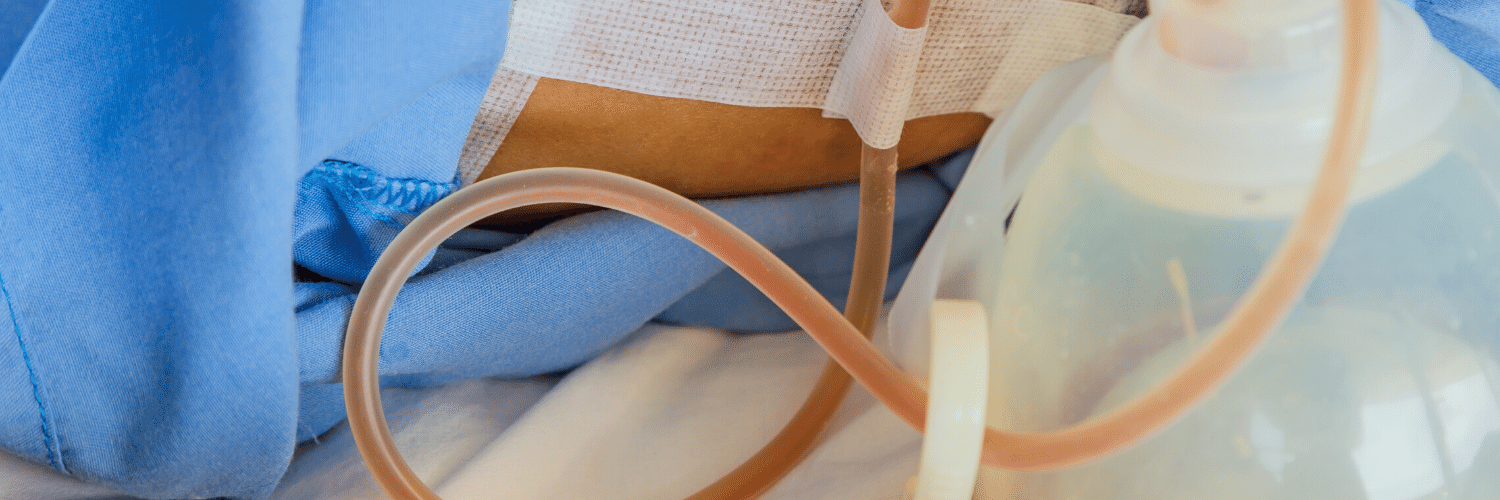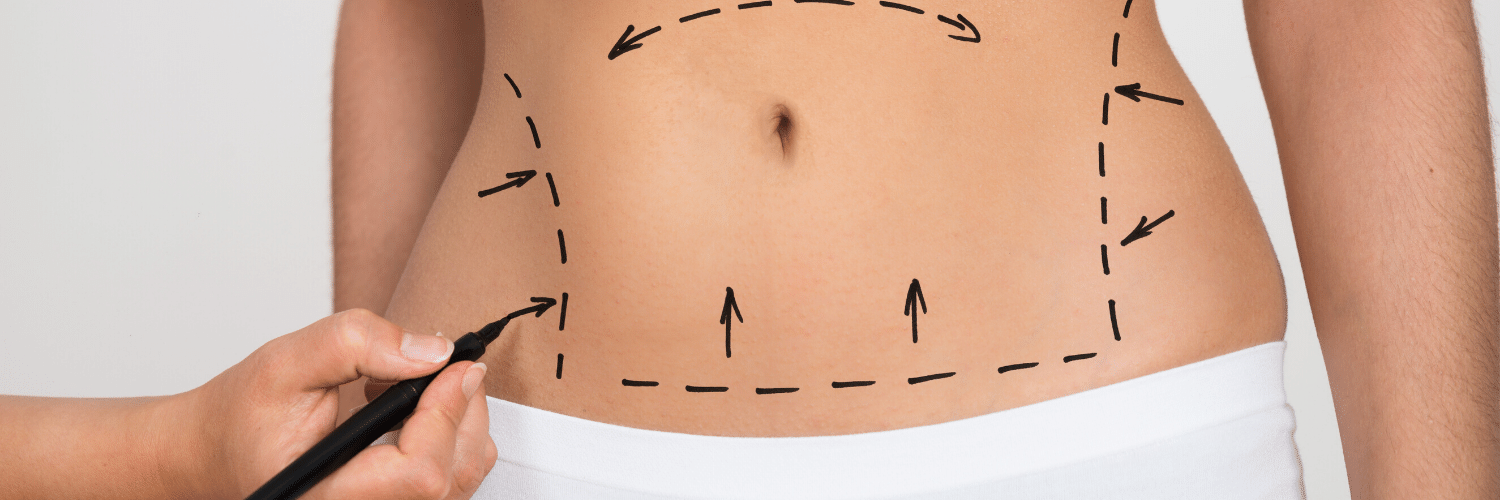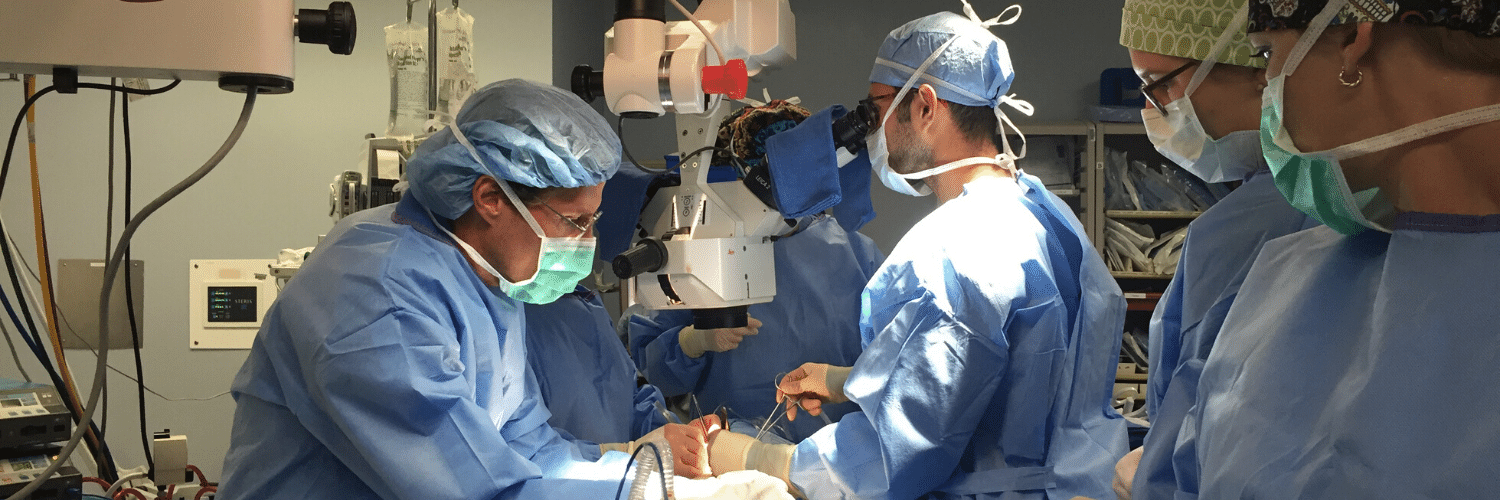
For women that have genetic mutations that increase the likelihood of developing breast cancer and ovarian cancer (such as the BRCA-1 and BRCA-2 genes), prophylactic surgery may be a good option to help reduce the risk of cancer. Common preventative surgeries include prophylactic mastectomy, oophorectomy (the removal of ovaries) and/or hysterectomy (removal of the uterus).
We have received questions lately regarding the timing and staging of these preventative surgeries. In fact, many patients preparing to undergo prophylactic mastectomies with immediate DIEP flap breast reconstruction often wonder if their preventative oophorectomy or hysterectomy can be performed in conjunction with their breast surgery. To gain insight, Dr. Oscar Ochoa shares his recommendations on the timing of these surgeries and gives us insight into the pros and cons of surgery sequence and timing.
“For patients seeking prophylactic mastectomy to reduce their risk of breast cancer that also choose to undergo breast reconstruction, the sequence of their preventative procedures (mastectomy and/or oophorectomy/hysterectomy) may have some significance,” states Dr. Ochoa. “Certainly, there is no absolute right or wrong way to sequence the recommended surgeries, but some sequences may offer an advantage, especially if certain types of reconstruction are being considered. At PRMA, if the lower abdomen will be utilized for breast reconstruction in the form of a DIEP flap, we recommend undergoing prophylactic mastectomy with immediate breast reconstruction prior to oophorectomy/hysterectomy. Although rare, this will minimize the possibility of accidental injury to the lower abdominal blood vessels necessary for DIEP flap reconstruction, especially if hysterectomy will also be performed at the time of oophorectomy. Once recovered from mastectomy and reconstruction, oophorectomy +/- hysterectomy can be safely performed at the time of the planned breast reconstruction revision surgery (AKA “Stage 2” reconstruction) in conjunction with OB/GYN surgeons under one general anesthetic. Patients benefit from this approach by decreasing the number of surgical procedures and recovering from their gynecologic and stage 2 breast reconstructive procedures simultaneously.”
With the understood risk of potential damage to the blood vessels needed for DIEP flap breast reconstruction during an oophorectomy/hysterectomy, it is recommended for patients to delay their preventative gynecological surgeries until the second stage of their breast reconstruction journey. However, if a patient is seeking implant reconstruction in conjunction with their prophylactic mastectomy, the sequencing of surgeries is less important.
Most importantly, a patient and their medical team should always consult with among one another and to create the best individualized surgical treatment plan for the patient.
Author: Dr. Oscar Ochoa and Delaney Crawford
Certainly, there is no absolute right or wrong way to sequence the recommended surgeries, but some sequences may offer an advantage, especially if certain types of reconstruction are being considered.











No Comments